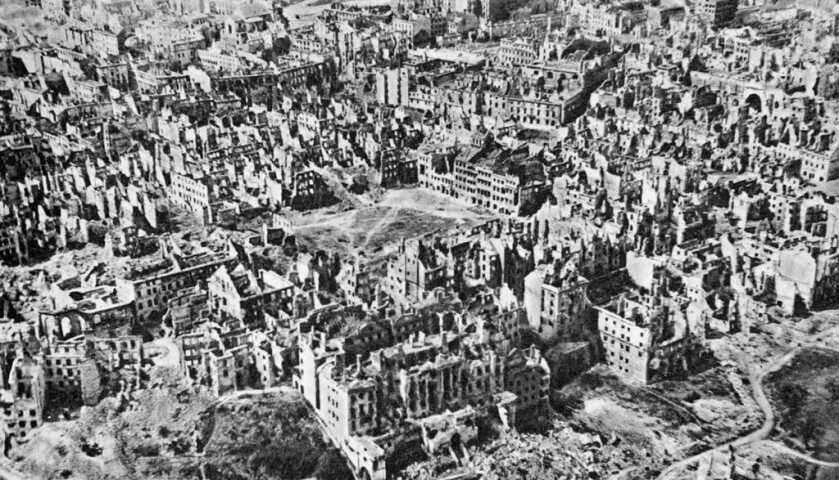
It’s tough for the modern mind to comprehend the scope of the Second World War. During those six years, the combatant nations produced enough bullets to shoot every human being on the planet forty times. 12.2 million Americans served. 407,316 died.
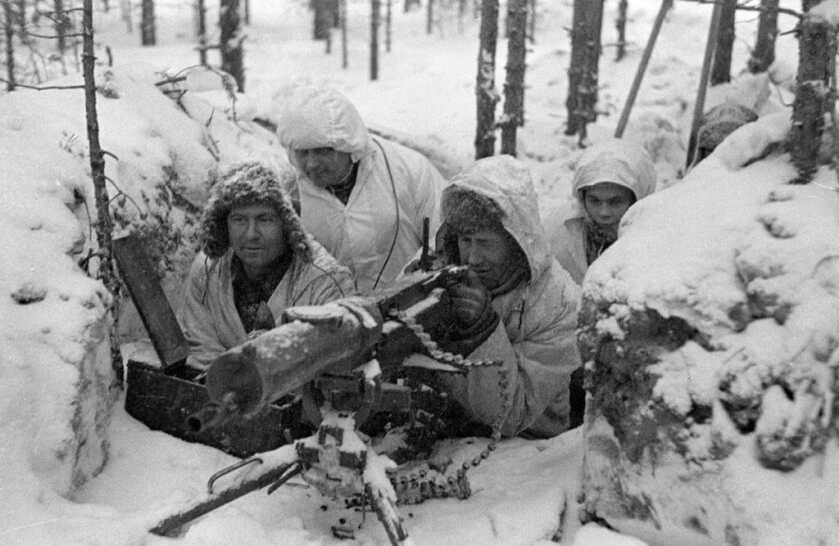
The final planetary death toll was somewhere between 70 and 85 million people. That’s roughly 3% of the world’s population. Nearly one-fifth of the Soviet population perished.
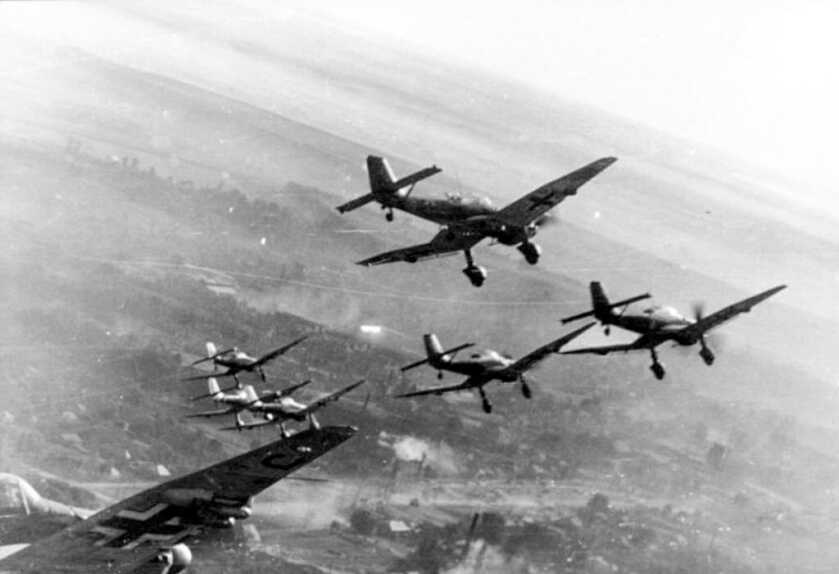
WW2 touched almost everybody on earth. If you didn’t have a loved one serving you certainly knew someone who did. My friend enlisted in 1940.
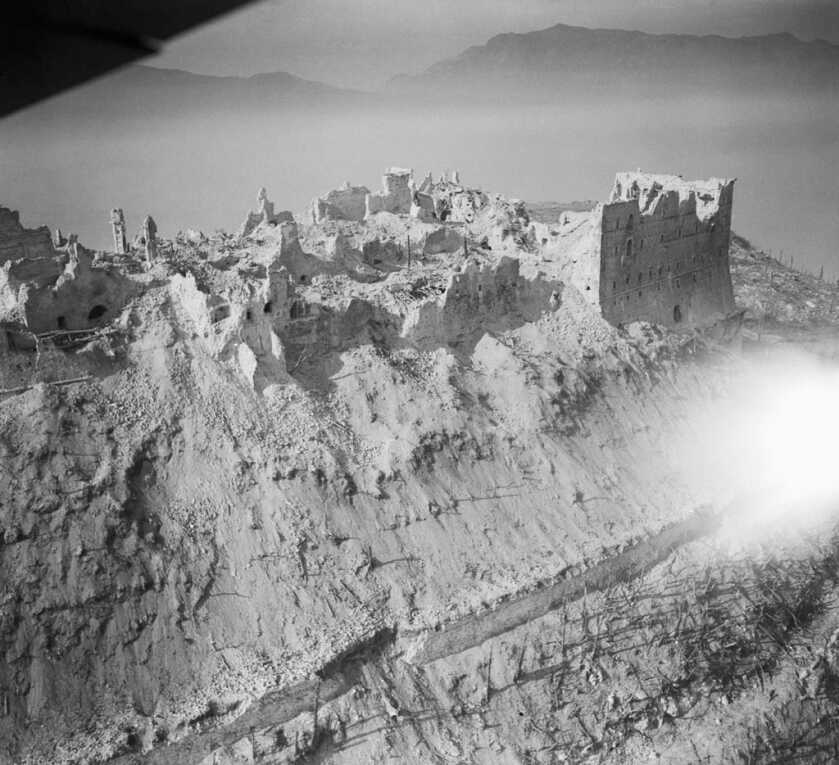
He fought in North Africa before heading to Sicily for Operation Husky. He then landed at Salerno in September of 1943 as part of Operation Avalanche. Afterward, he fought past places like Rome and Monte Cassino. Nearly 70,000 Allied soldiers died in the Italian campaign.
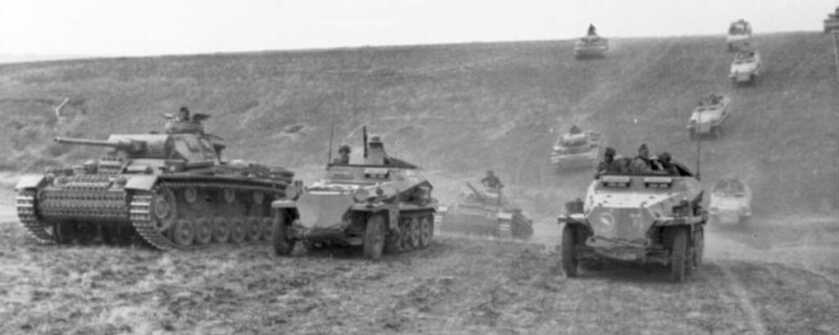
By the mid-1940s warfare was a very dynamic thing. The advent of the tank and, more importantly, the military truck ensured that battle lines ebbed and flowed with the vagaries of fate, strategy, and logistics. The Italian campaign, however, lasted nearly two years. This gave the combatants time to get to know each other.
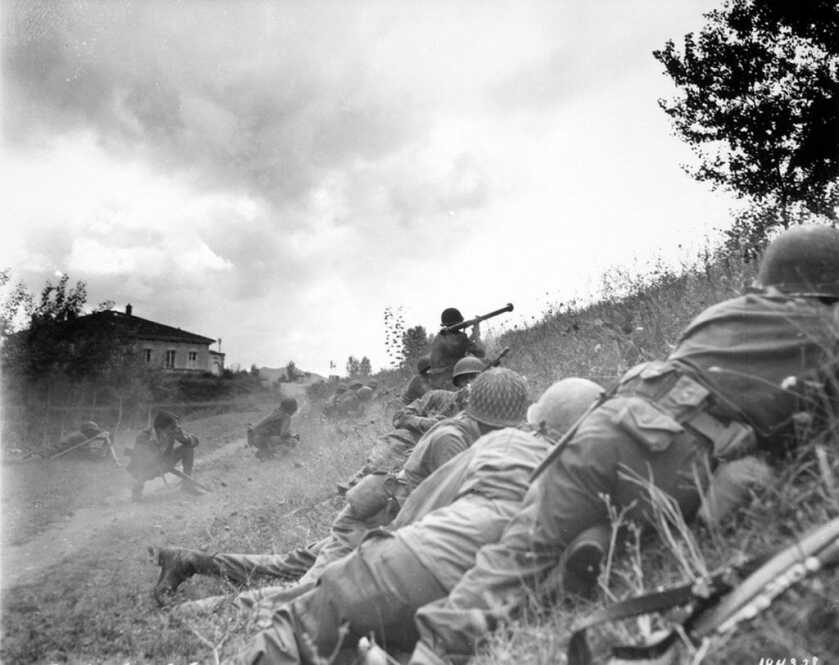
Italy was a grunt’s nightmare. Steep natural defiles impeded maneuver while minimizing the effectiveness of air power and artillery. When combined with cold, wet, miserable weather this all conspired to create a relatively static battlefield, particularly in wintertime. In 1944 with the offensive temporarily stalled my friend’s unit dug in and made itself at home.
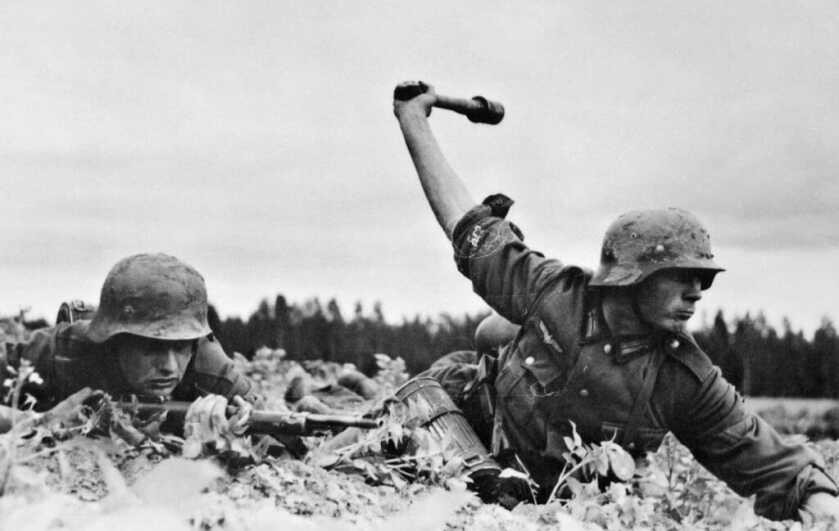
Things then got a bit weird. In some areas, the German and American positions were within shouting range, sometimes for days on end. In my buddy’s unit, nobody spoke German. However, a few of the corresponding Germans did speak English. The two sides would pass the time by hurling insults at each other punctuated by the occasional hand grenade. My friend acquired a decent repertoire of German profanity.
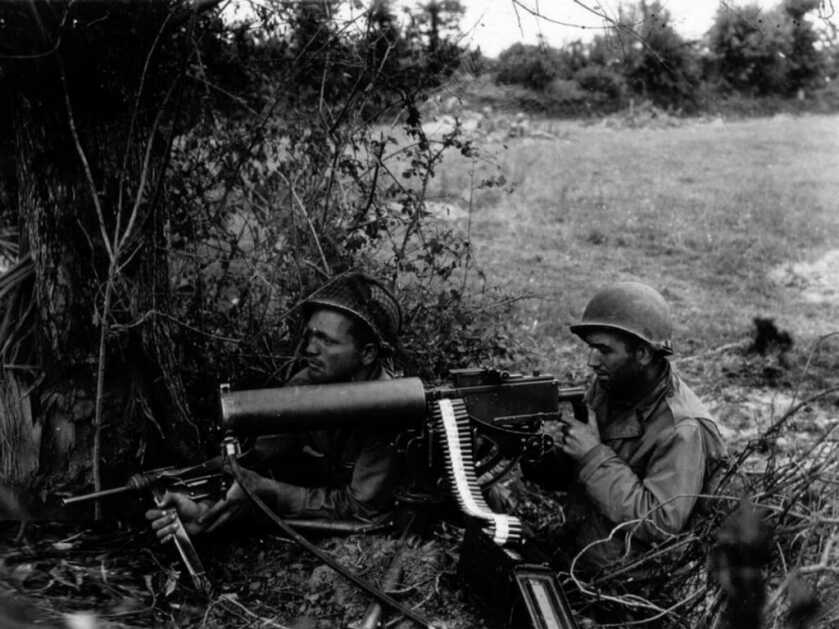
In this particular area, the Americans held the ridgeline, while the Germans occupied the valley. Each side would sporadically exchange rifle and machinegun fire as necessity dictated. However, most grunts on both sides just wanted to live long enough to go home.
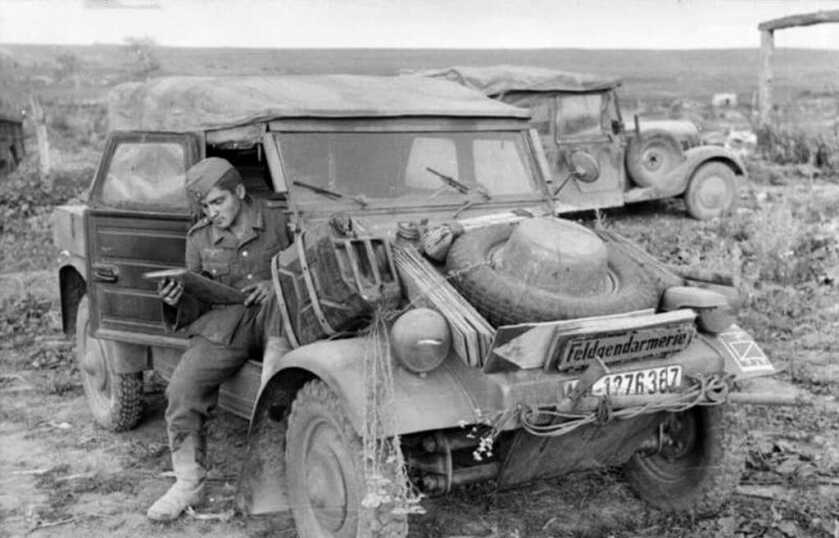
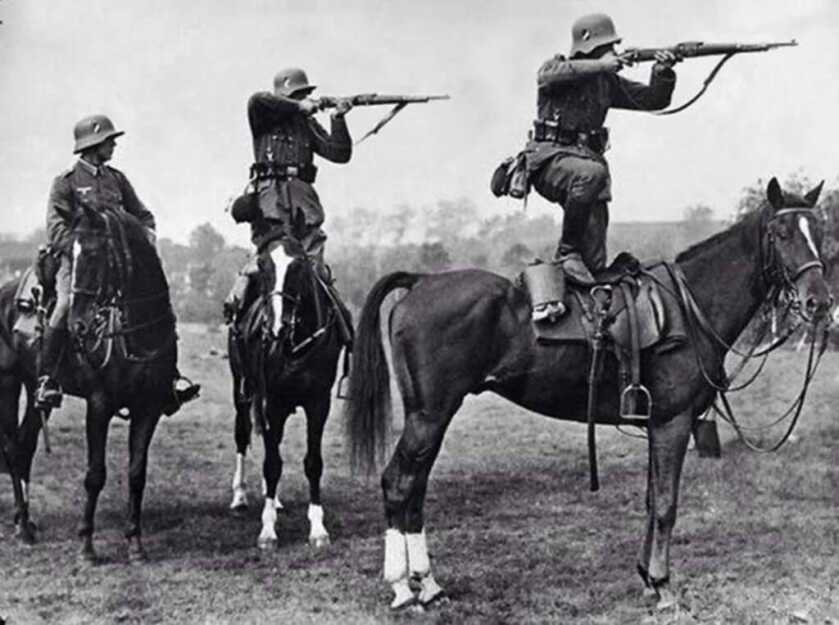
A modest road snaked through the valley at the base of my buddy’s ridge. Fairly frequently German troops would cruise down the road, sometimes in vehicles like trucks or Kubelwagens, occasionally on horseback, and often on foot. The road was at the limits of effective rifle range but oriented directly underneath the American positions.
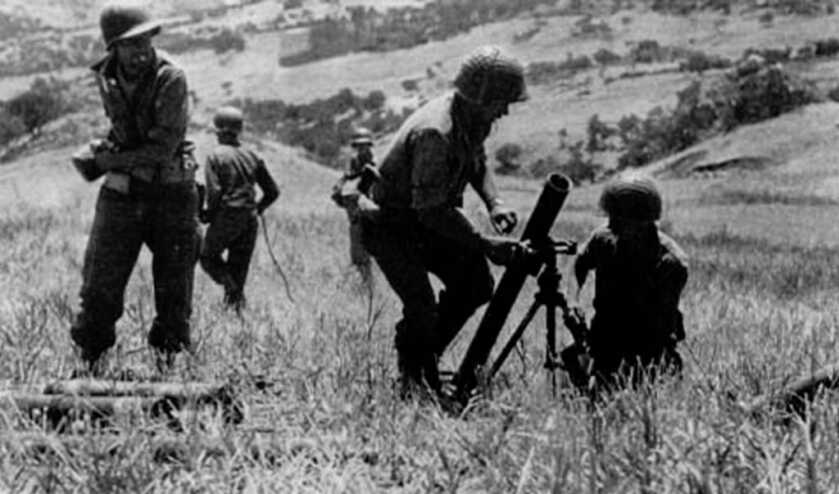
My friend said neither side was in any real hurry to shoot at the other. Small arms fire invariably precipitated mortars or artillery in response. Nobody likes being on the receiving end of the field artillery. One frigid evening as my buddy sat shivering in his foxhole he had an epiphany.

The next afternoon late he and his pals took a bunch of Mk 2 hand grenades and packed snow tightly around them before pouring water over the whole frozen mess. The water froze in short order, locking the grenade spoons in place. The US troops then gently removed the safety pins from the grenades and gave these high explosive snowballs a gentle shove down the mountainside.
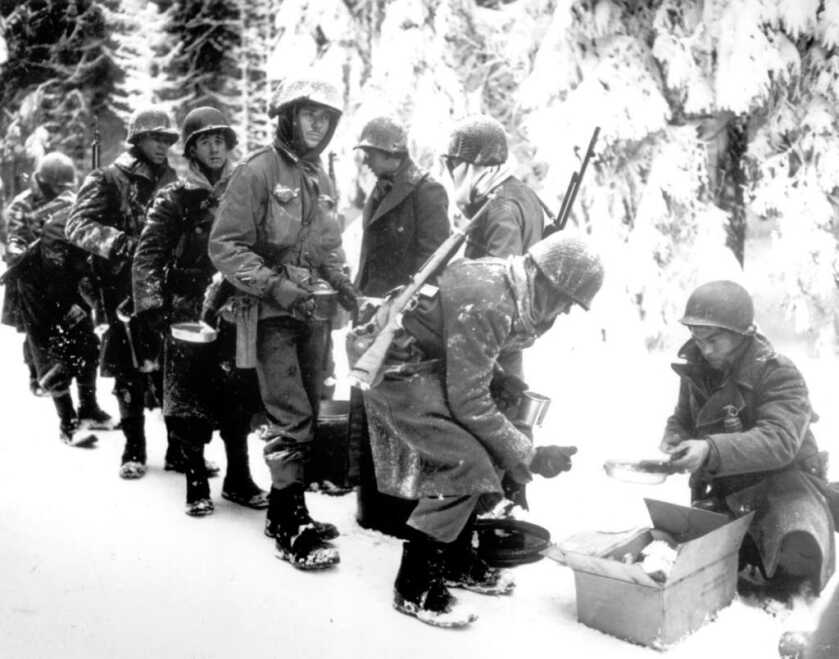
By the time these frosty bombs reached the bottom of the hill, they were thoroughly encased in ice and ample accumulated snow. The geography of the situation was such that each diabolical frozen snowball came to rest in the road below. Then they just waited.
The Grenades

The English word “grenade” dates back to the 1590s and is derived from the French word “pomegranate.” The hand grenade’s obvious similarity to this poly-seeded fruit was the overt inspiration. The concept of the hand grenade dates back much farther, however.
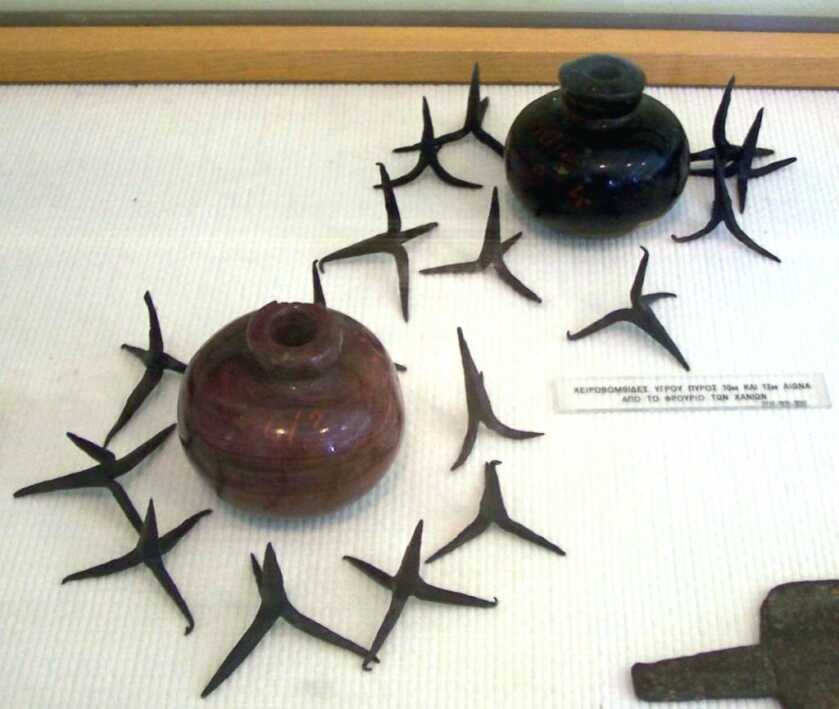
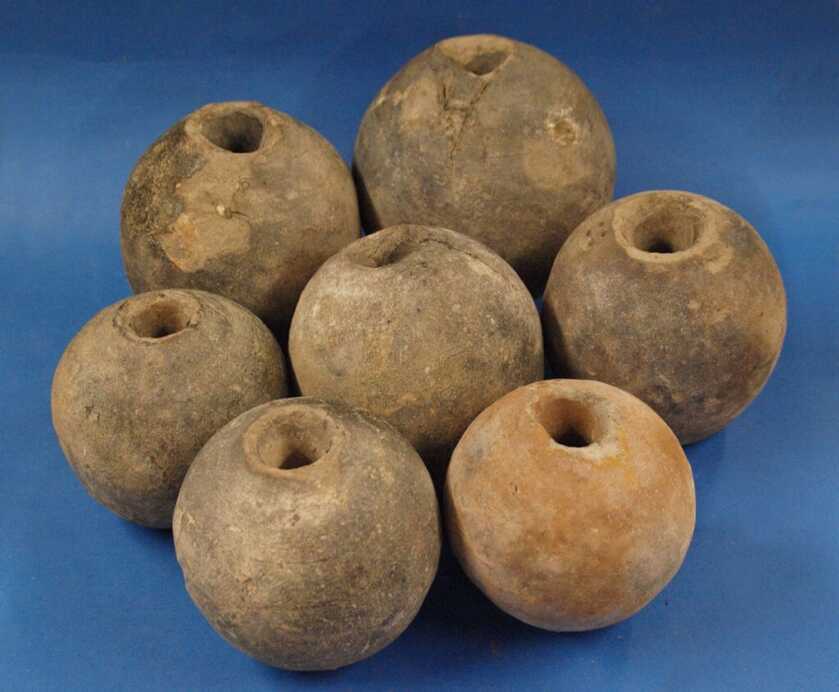
Simple incendiary grenades were used by the Byzantines as far back as the 8th century. Byzantine troops found that they could fashion glass and ceramic containers filled with Greek Fire and use them to visit chaos upon a nearby enemy. Greek Fire was some fascinating stuff indeed.
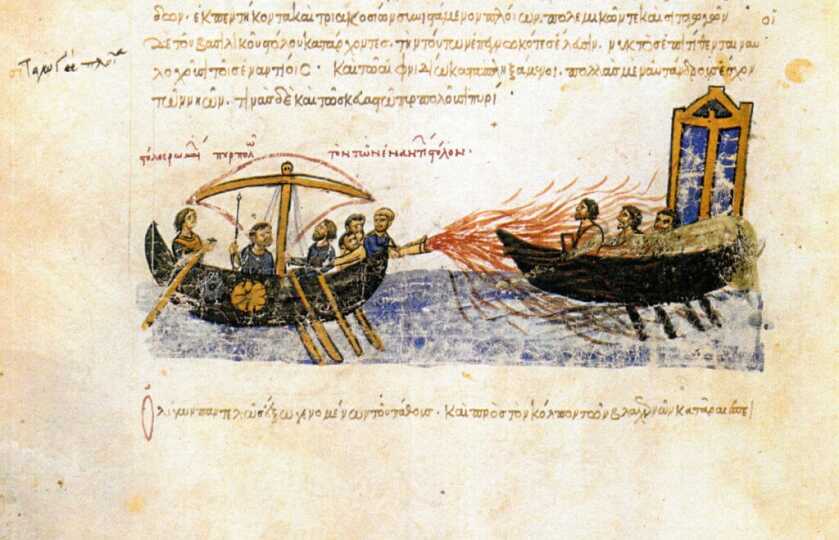
Even today nobody is completely sure what made up Greek Fire. The stuff was most typically expelled from a device similar to a modern-day flamethrower and was used in ship-to-ship naval battles. Greek Fire was rumored to continue burning once in contact with water. Some suggested components included quicklime, naphtha, pine resin, sulfur, niter, and calcium phosphide.
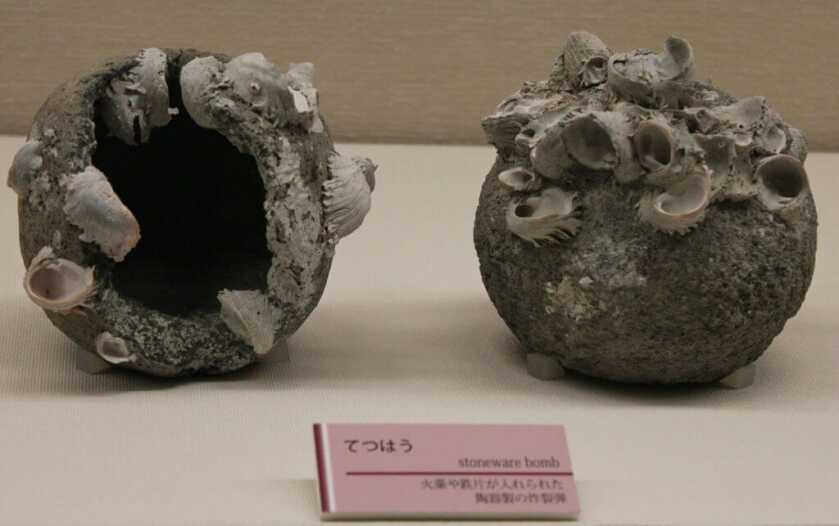
True explosive grenades as we appreciate them really arose in China about a thousand years ago. They were rather theatrically called Zhen Tian Lei or “Sky-Shaking Thunder.” These rudimentary devices consisted of gunpowder packed into metal or ceramic containers. Fuse-fired cast iron versions first saw service in Europe in the mid-1400s.

The Ketchum Grenade was fin-stabilized and featured a nose-mounted impact fuse. These weapons were first used by Union forces during the American Civil War. Confederate counterparts were simpler spherical things that weighed up to six pounds and used sensitive paper fuses.
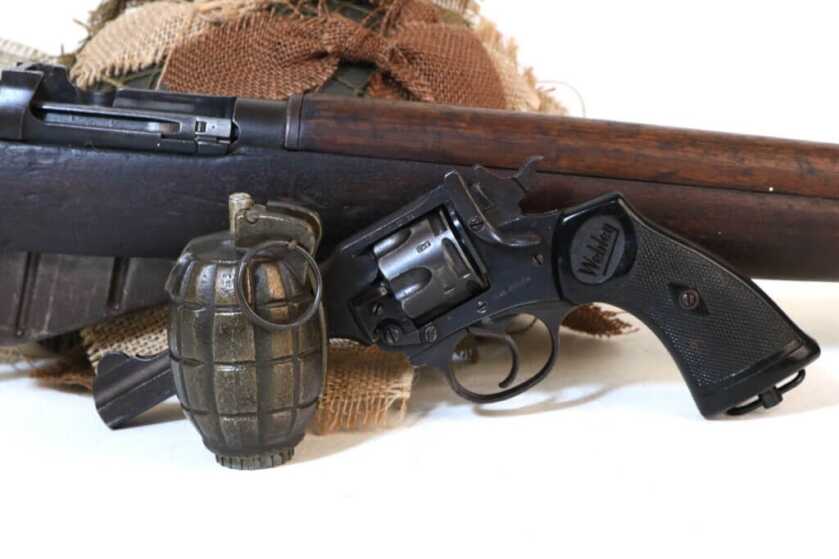
In 1902 the British War Office declared hand grenades to be obsolete. However, nobody bothered telling the Germans so they started churning out stick grenades by the zillions in 1915. In that same year, the British saw the light and began producing the Mills Bomb, the world’s first truly modern fragmentation grenade.
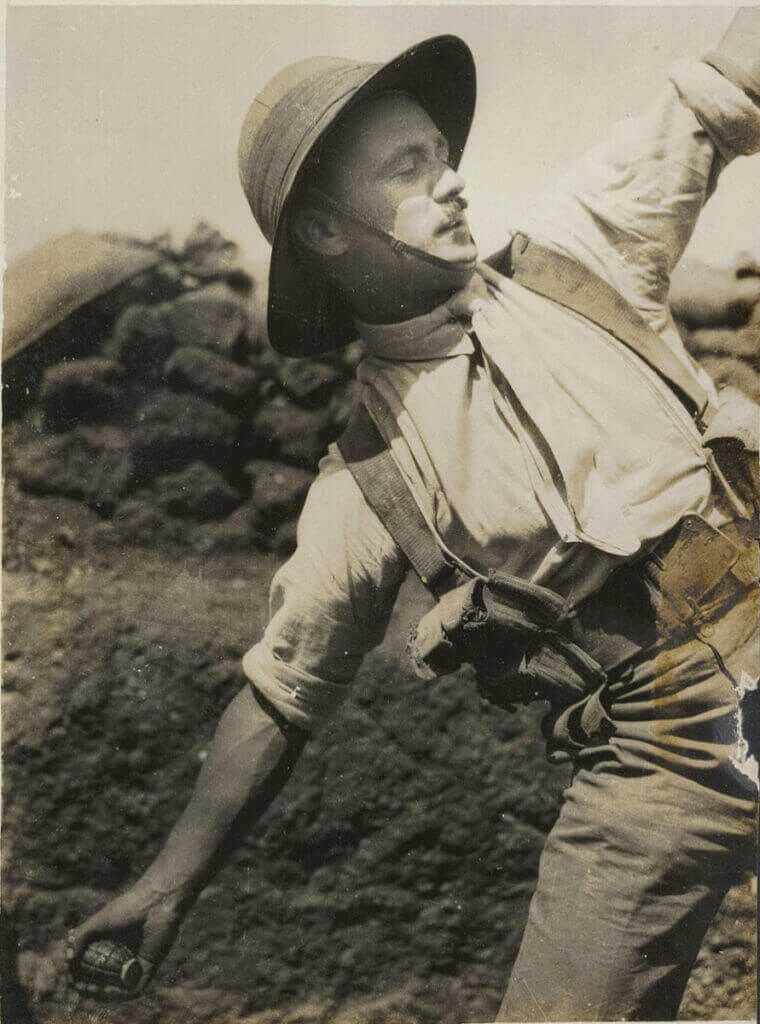
The Mills Bomb was a product of the fertile imagination of one William Mills and was deeply serrated. In theory, this was supposed to create predictable fragmentation. In practice, these knobs made very little difference to exactly how the grenade burst. The typical British Tommy was expected to be able to throw a Mills Bomb at least thirty meters, though the danger zone was advertised as being closer to 100. By the end of WW1, the warring nations had produced about 75 million hand grenades.
The Mk 2 Pineapple Grenade
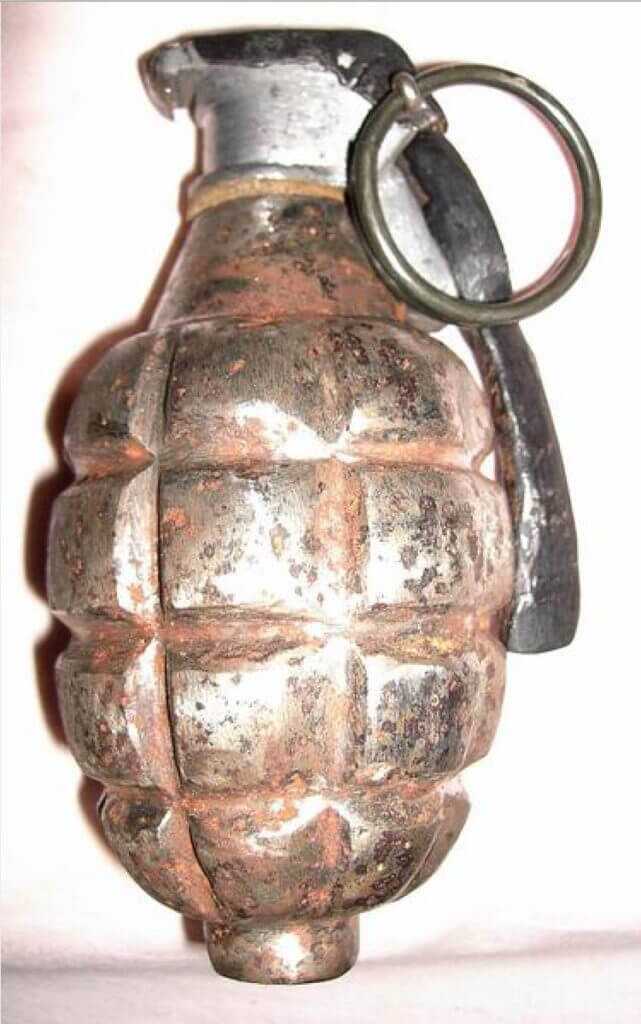
The Mk 1 grenade was one of the world’s first time-fused grenades. However, deploying the Mk 1 was a fairly convoluted chore, and many were thrown without being properly lit. The Germans were frequently all too willing to light these things up and toss them back. This led to the definitive Mk 2.
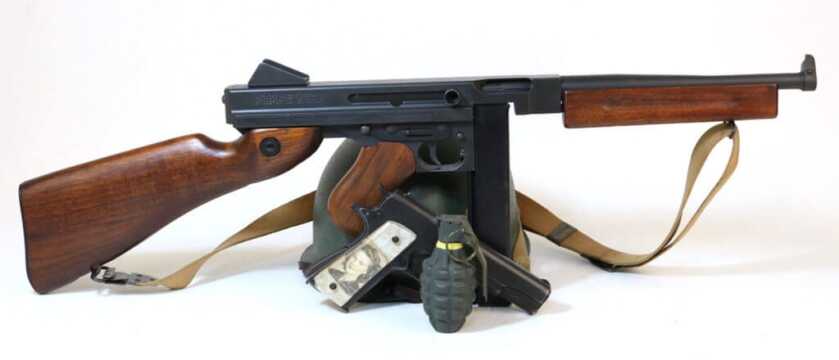
The classic Mk2 Pineapple grenade was first introduced to US forces in 1918 just as the First World War was winding down. Despite orders for some 44 million copies very few of these handy little bombs saw service before the armistice. By the onset of WW2, however, the Mk 2 was ready for prime time.
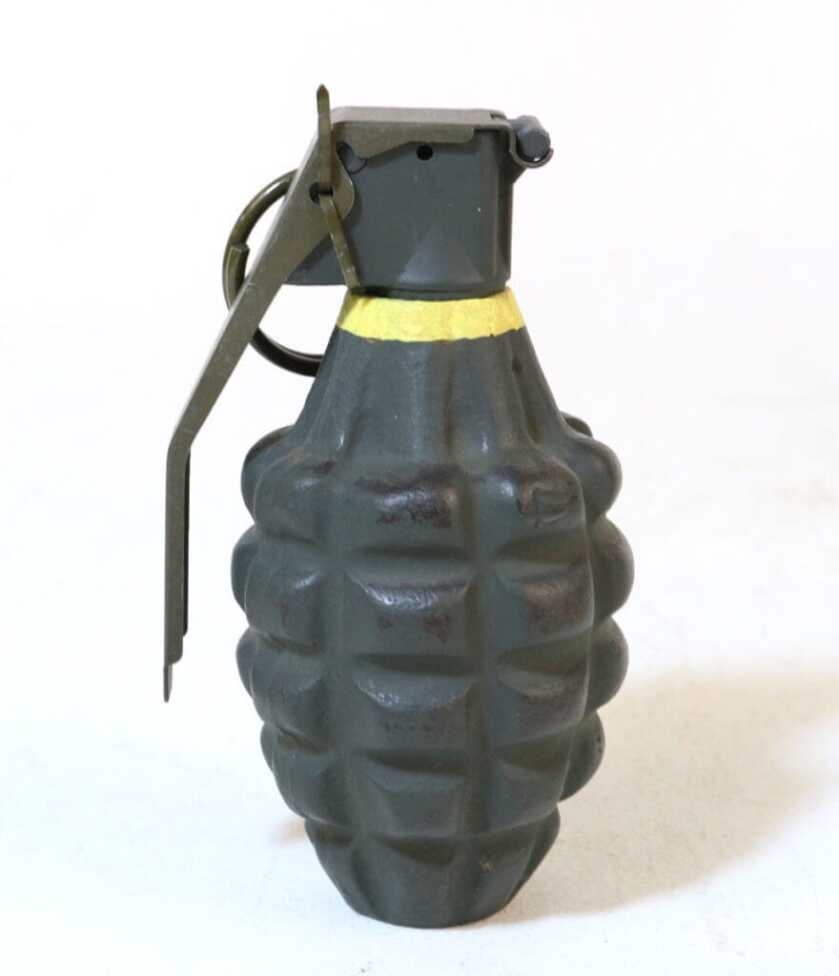
The Mk 2 hand grenade featured a cast iron body with a grooved surface divided into forty prominent knobs in five rows of eight columns. Like the Mills Bomb, these knobs actually did very little for controlling fragmentation but did make the grenade easier to grip. The obvious similarity to the pineapple fruit forever associated the two terms.
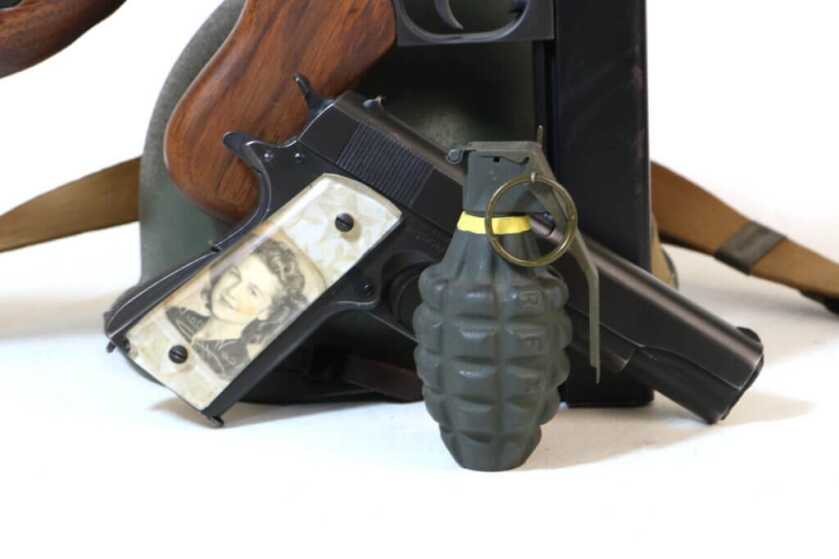
The Mk 2 typically sported a time fuse with a 4 to 5-second delay. Fillers included TNT, Grenite, a 50/50 combination of amatol and nitrostarch, a proprietary explosive called Trojan comprised of ammonium nitrate, sodium nitrate, and nitrostarch, or smokeless EC powder.
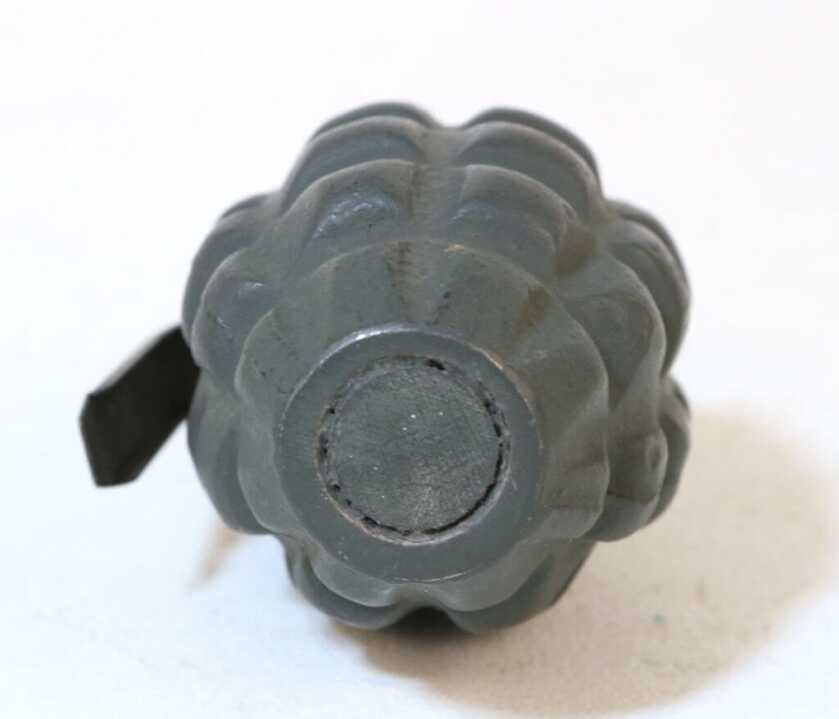
EC powder was a 19th-century formulation of potassium nitrate, barium nitrate, and nitro-cotton gelatinized with ether alcohol. This same stuff was sometimes used as a propellant in shotgun shells. The Mk 2 weighed about 21 ounces depending upon the particular filler and was most unpleasant up close, particularly in enclosed spaces.
The Rest of the Story
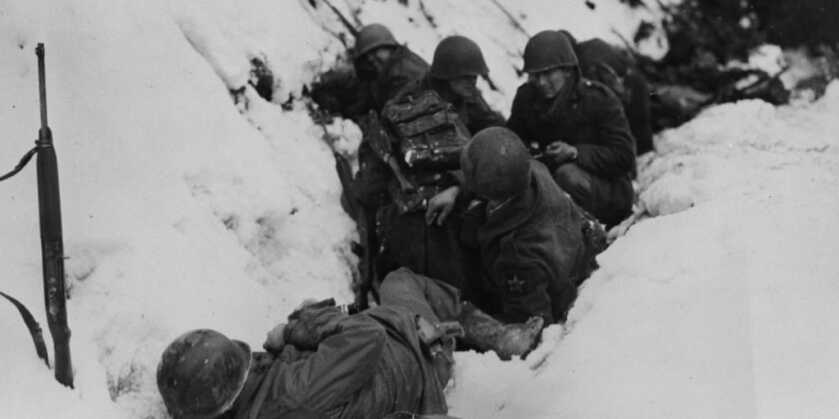
By late winter, the snow was thick on the ridgeline, but the temperature fluctuated from sunny and warm in the daytime to well below freezing at night. My friend and his buddies would liberally seed the German road below with frozen snowball grenades at night and then go about their business. The following day the sun would come up and gradually melt the ice-encased bombs.
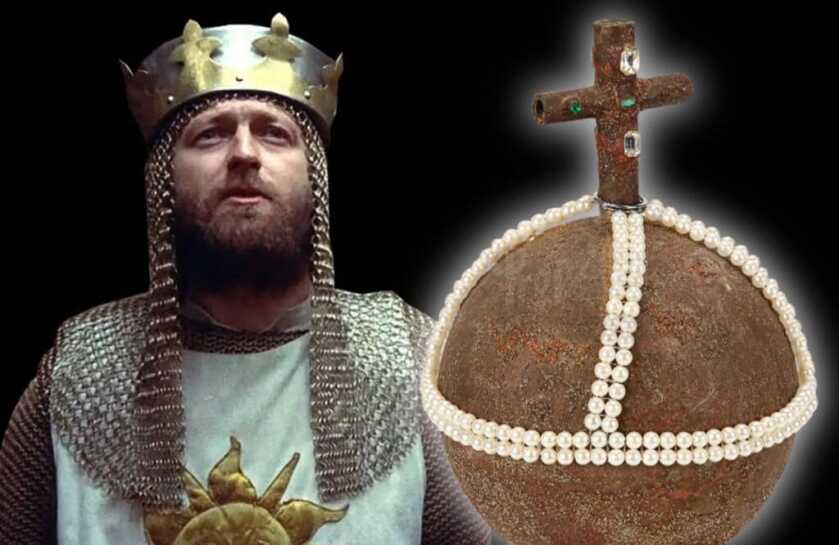
The end result was a steady stream of random detonations along the German road throughout the day. My friend said he had a clear conscience as he was effectively harassing the enemy without exposing himself or his men to any incremental danger. After the first few days of random grenade explosions, the Germans lost their enthusiasm and stopped running couriers and supply vehicles within sight of American positions.

My pal told me that, as near as he could tell, they never killed anybody with their curious explosive snowballs. However, they did effectively deny the enemy use of a handy supply and communications route while suffering no casualties in the process. Eventually, the weather improved and Allied forces resumed pushing the Germans back up the Italian peninsula.
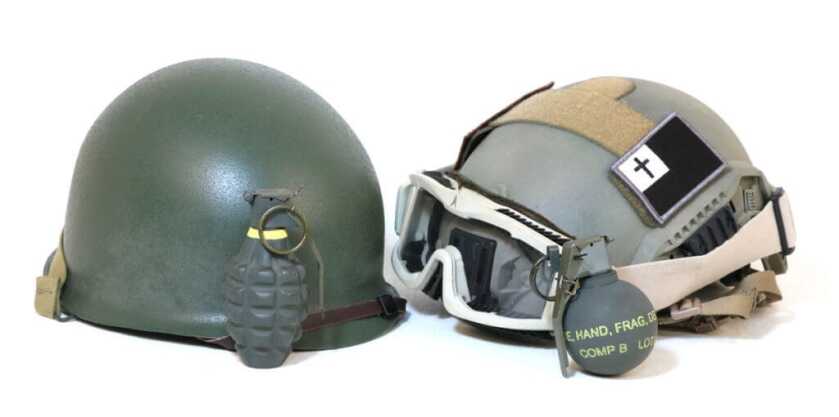
Like most heroes of his generation, my friend came home from the war ready to create and to build. He went decades without discussing his wartime experiences with anybody, preferring to focus on more pleasant stuff. I was blessed with this story sitting on a porch swing with him soon after I finished Airborne School back in the 1980s.
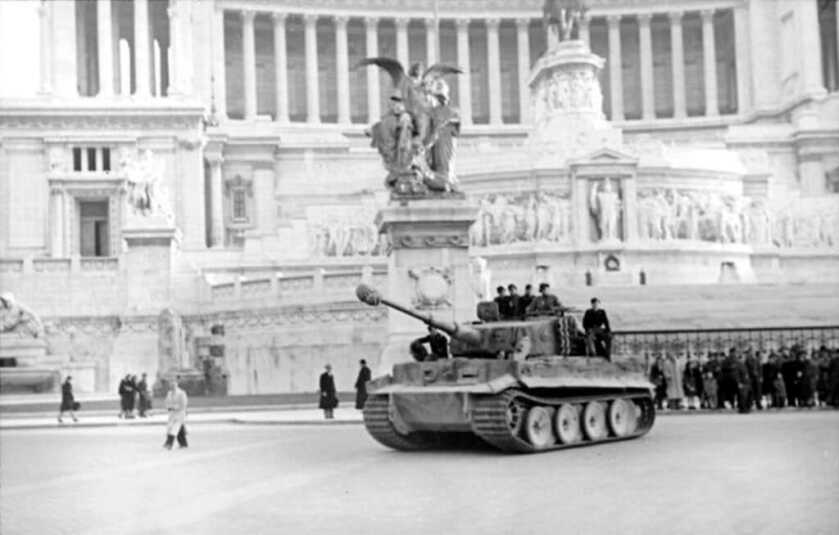
Our friendship blossomed, and I got to hear many such tales. Along the way, I also married his granddaughter. He was and remains one of my heroes.
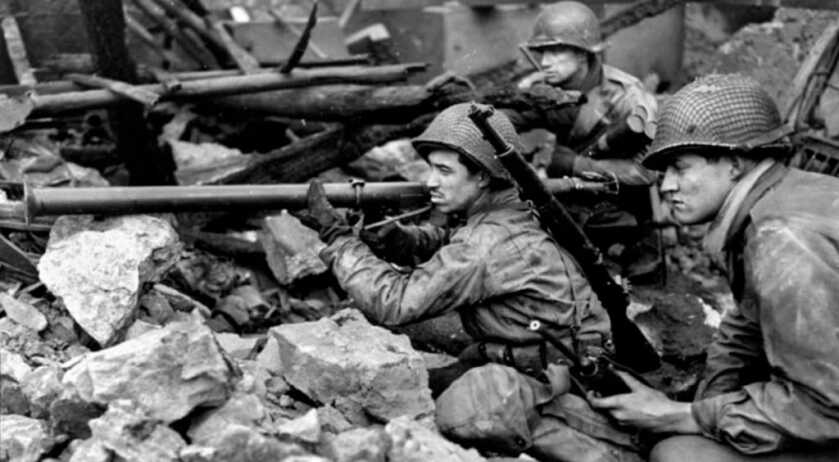
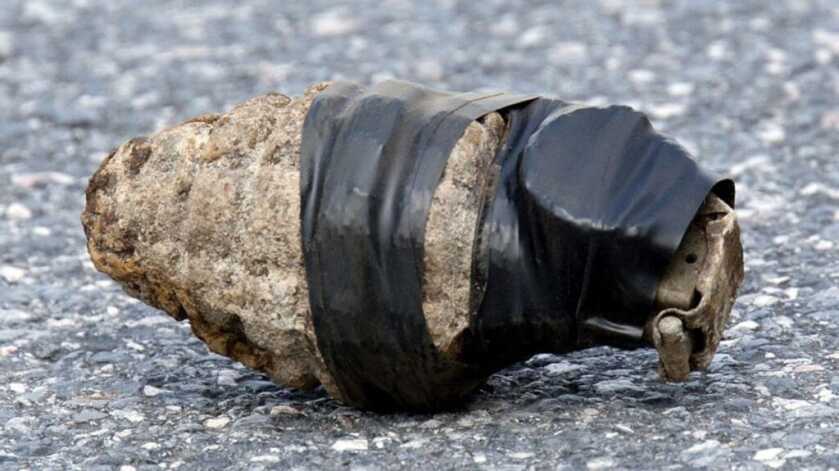
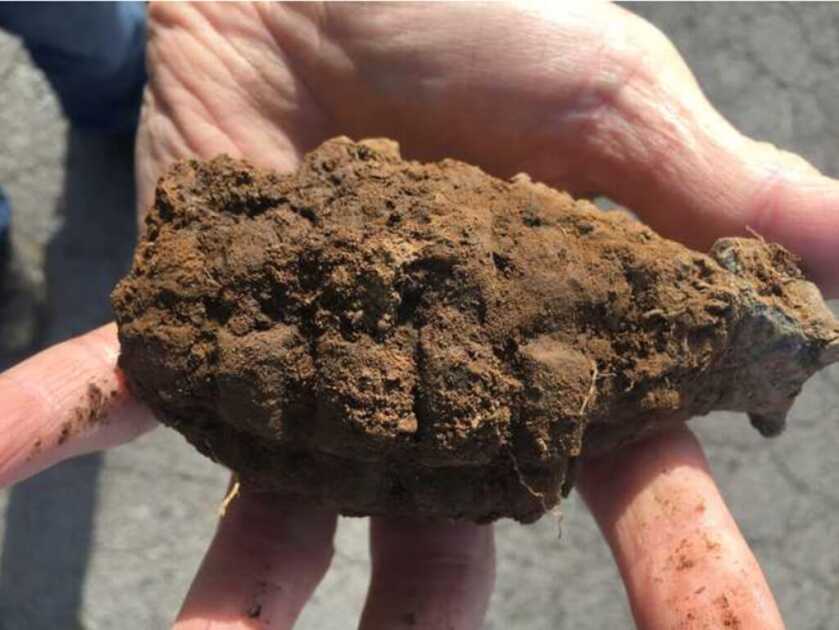
Special thanks to www.worldwarsupply.com for the cool reproduction support gear used in our pictures.


The pic of the Kubelwagen is interesting, based on the plate ‘Feldgendarmerie’, it looks to be a Military ‘Cop’ with signs for traffic control on the front of the vehicle.
Think I may have met your friend (Grandfather-in-law) when I worked on a certain NWR in Bolivar County, back in the early 90s. He spoke to me of his days as a rifleman under Patton. He went all the way from North Africa to Berlin if memory serves. He also told of the long slog through Italy, and remembered the regular townspeople’s fondness of red wine. After all these years I can remember him smiling as he exclaimed “They drank that stuff like water”! That was many years ago, but I still remember him as an honorable man and wish I had taken notes from his stories. Glad you did.
In 2012 I took a contract job through the EPA on the island of Saipan, where the evidence of the brutal Marine take back of that island in 1944 is still very evident. Being somewhat of a jungle trail explorer remanents of WW II ordinance, including GI grenades, were found often. You were supposed to not touch and notify the local governement but quite a few decorated the outside of my little cabin I rented there. Fascinating place even though more a Japanese and Russian tourist spot than American.
Dr. Dabbs has become my favorite writer of gun stuff! His ability to craft a story has been sorely missed since the passing of those akin to Skeeter Skelton. He’s as skillful with the english language as i’m sure he is with a surgical scalpel.
Mr. Dabbs another outstanding article. The insights you provide via your friendship is amazing. Please keep it up.
My uncle was an Italian Alpine Trooper fighting the Americans. A standing joke in the family: towards the end of a grueling winter campaign with increasingly defeats and disappoint the battalion Sargent Major decided he would boost the morale of his men. He assembled what was left of his battalion and informed them: Men today I have some good news. Every man will be issued new underwear. “Yeahhhh” they all yelled. The SM continues..ok heres the drill: Giovanni you switch with Joseppe, Joseppe you swith with Luigi, Luigi you switch with Antonio….
Great article, and thank you for sharing your historical insights and experiences. Your articles are some of the best, blending history with firearms (or in this case grenades) without shoving a political agenda down people’s throats. Keep up the great writing!
An excellent historical account, but even a better testament to your special friendship and the man who told you his stories. Many people these days get upset if they get slow service at a restaurant. They simply do not know what the people who suffered through WW2 endured. We cannot forget what was sacrificed defeating Hitler’s evil empire. Thanks.